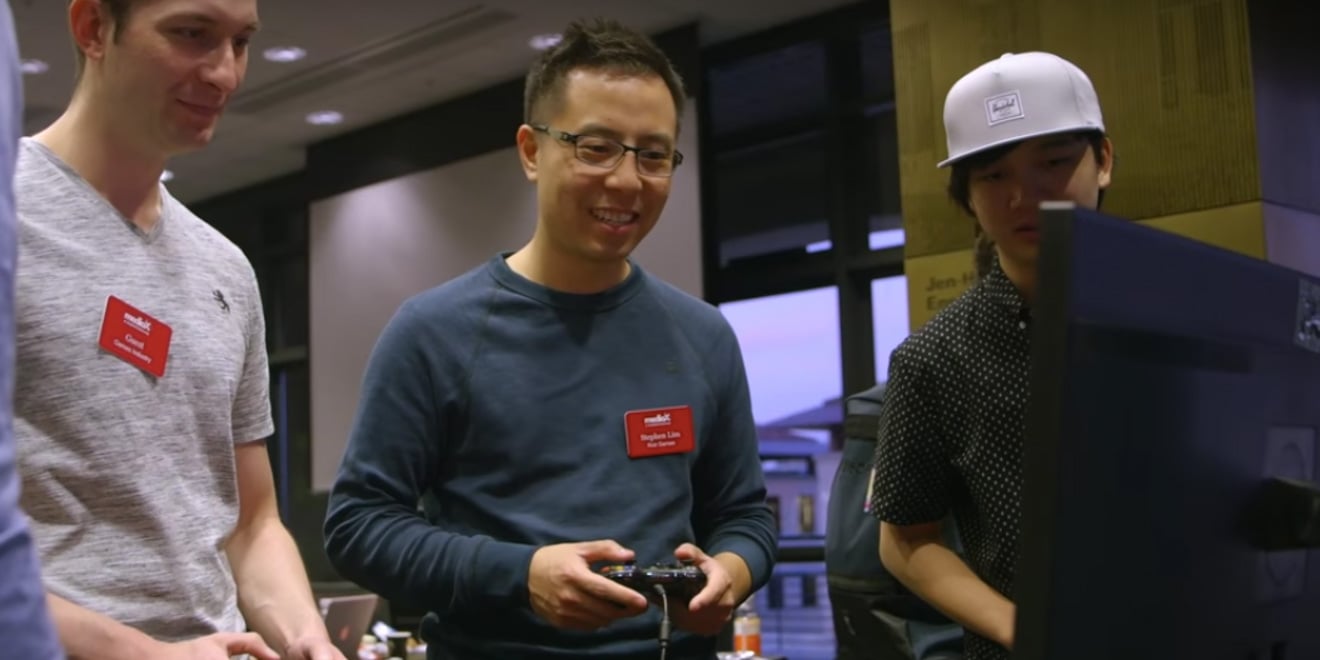Last fall, 14 student teams designed computer, video and mobile games in CS 146: “Introduction to Game Design and Development.” Taught by computer science professor Doug James and bioengineering assistant professor Ingmar Riedel-Kruse, the course allowed students to create a complete game available for download online.
“The students learn a wide range of lessons about video games and what makes a good product,” James said in an interview with Stanford News. “We do that partly by having weekly projects but also by having industry speakers that come in and talk about different parts of game design – everything from artistic aspects to storytelling to good sound design.”
The course, open to any student with basic programming skills, allowed students to hear from 15 professionals in the video game, multimedia, design and marketing industries. These professionals spoke to students about the game engine Unity, the platform used to design games in the class.
At the end of the course, students created a trailer for their game and showcased their projects to local industry professionals, receiving feedback and awards. Richard Lin ’20, a student who co-created Access Denied – a game in which the player acts as a robot invading a human spacecraft – said he learned about how designers make games interesting and suspenseful.

“I didn’t really know about how people worked in the industry before this,” Lin said. “So, it’s really cool to hear about how they come to decide which feature they want to include in their game and how they worked on different parts of the game.”
James and Riedel-Kruse said the course was inspired by Stanford students’ love for video games. Maya Ziv ’20, who co-created Access Denied, said her longstanding interest in games motivated her to create them herself.
“I am passionate about games in general,” Ziv said. “I do many games in various forms. I love board games, card games, roleplaying games, live-action roleplaying games – as nerdy as it gets I love it – and I think that video games as a medium for storytelling are really, really powerful.”
Aside from some mandatory components such as 3D models and shading, projects are conceptualized and proposed by teams, allowing students to develop original designs on their own. Students brainstormed ideas for their games in the first week, using the rest of the quarter to design, create and test their creations.
Games ranged from an augmented reality “escape the room” to action-adventure world exploration, each with their own storylines and worldbuilding. Khoi Le ’20 co-created Luminosity, a fantasy game in which the player controls a “light spirit” escaping detection by antagonists called Keepers of Light.
According to Le, dividing tasks as a team made the game more interesting.
“There’s a certain magic to it just because I didn’t build the entire game myself,” Le said.
Contact Gillian Brassil at gbrassil ‘at’ stanford.edu.